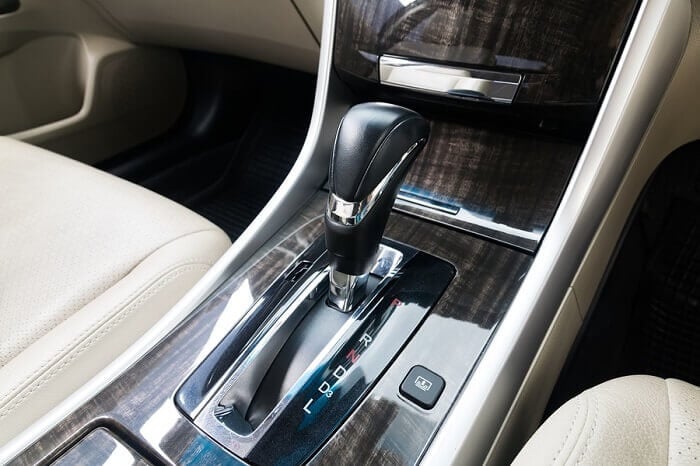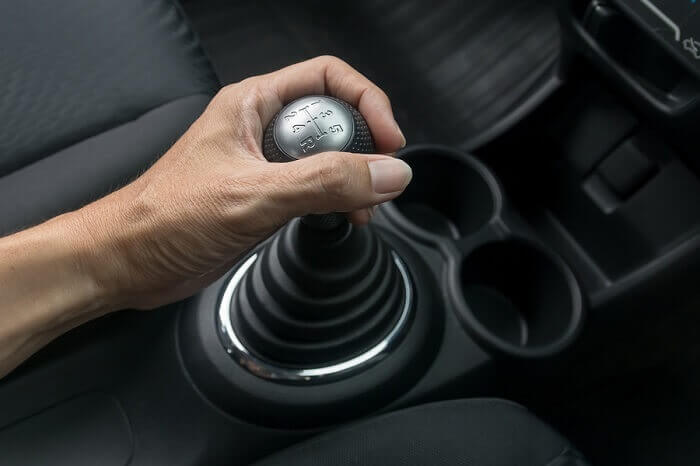Manual transmission cars are pretty much the norm in Britain. But are there any perks to driving an automatic? And which one is better?

If you’ve seen any American film about driving, you’ll quickly notice that manual cars are a bit of a novelty. So much of a novelty, the Fast and Furious franchise make a point of zooming in whenever a character changes gear. Once you see it, you can’t un-see it.
Drivers across the pond prefer driving automatic cars, and us Brits love a gear stick. But is there any merit to driving an automatic?
What’s the difference between manual and automatic transmission?
Without getting too technical, the main difference is that automatic cars don’t have a clutch pedal.
You also have a simplified gearbox. Manual transmission cars have five or six gears, plus reverse, giving you full control over how the car performs.
Automatic cars tend to have four modes:
-
Park - P
-
Reverse - R
-
Neutral - N
-
Drive - D
The car itself selects the right gear for the speed and road conditions. This means you only need to think about whether you’re going forwards, backwards, or stopping.
There are a number of alternative types of automatic transmission, including Continuously Variable Transaxle (CVT) gearboxes, single automated clutches and twin clutches. For the purposes of this comparison, we’re looking at the traditional automatic gearbox.
Are manual cars better than automatic cars?
Things are never that simple.
As you’d expect, there are pros and cons to either choice, and it largely depends on your circumstances and your driving style.
Pros of manual transmission
The main plus point to driving a manual car is that you have more control over the car itself. Want to shift from second straight to fourth? Go for it! Need a bit of extra oomph for that hill start? Fill your boots.
You’ll likely find that manual cars are less expensive than automatics, on average. This could largely be down to the fact that automatics are less popular and so there isn’t as much demand for them.
Plus for some drivers, it just feels ‘right’ to change gears yourself. Some habits are hard to break, and there’s a certain level of satisfaction to be had when shifting gears.
Sometimes, it’s just as cool as the Fast and Furious films make it out to be.
Pros of automatic transmission
Hop into an automatic car and the first thing you’ll notice is that it’s a lot easier to drive. Without the need to press the clutch or find the right gear, stalling becomes a thing of the past.
Driving in slow-moving or stop-start traffic is made easier with an automatic. There’s also a much smoother transition between gears, resulting in a more pleasant, judder-free ride.
Because there’s less chance of accidentally grinding the gears, the transmission itself is less likely to fail. When it does, however, it’s likely to be a more expensive repair job.

So which is better?
In general, an automatic car might be better suited to those who are used to urban driving. If nothing else, not having to press the clutch on and off continuously will lessen driver fatigue.
If you travel longer distances or are used to driving on faster roads, a manual car could be a better option. Having better control over the gear selection means you can drive more efficiently.
READ MORE: Our top five automatic cars
Are manual cars more fuel efficient than automatic cars?
It’s a common belief that automatic cars aren’t as good on fuel economy as manual cars.
This is largely because automatic cars shift gears depending on what it thinks is appropriate for the road and speed. On the flip-side, having more nuanced control of a manual car means you can better adapt to the road.
While this might have been true in the past, automatic transmission technology has come a long way. The gap is quickly closing between the two. In some cases, you may even find that an automatic has better fuel economy than a manual.





Comments